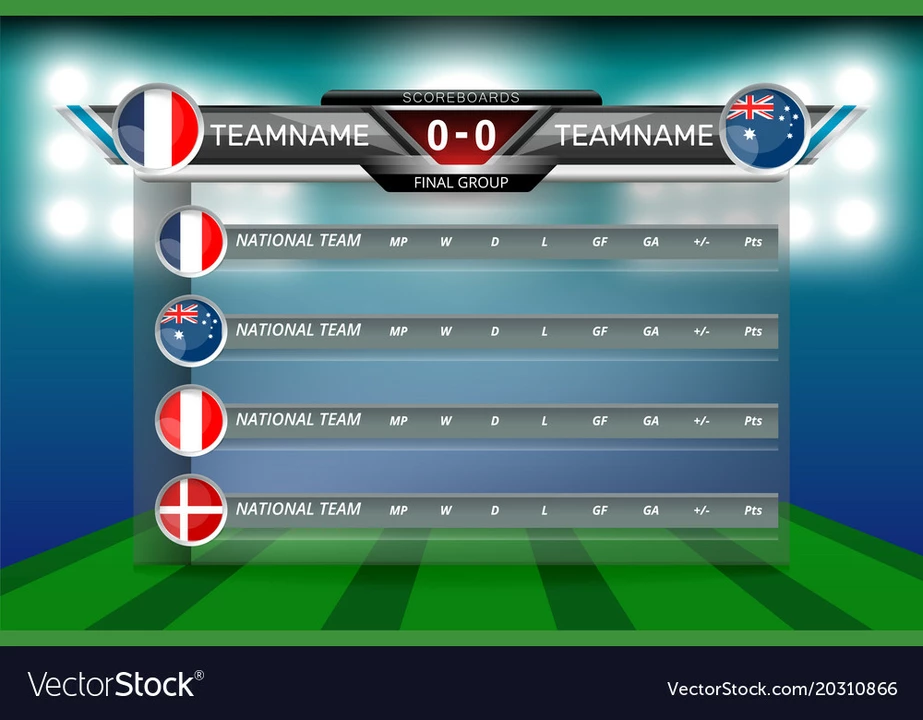Synchronization in Motorsports: The Real Secret Behind Fast Wins
Ever watched a race and wondered how a team can change tires, refuel, and get back on track in under three seconds? The magic is called synchronization. It’s the art of making every person, machine, and piece of data move together like a well‑tuned engine. When everything clicks, the car stays faster, the driver stays calmer, and the whole crew saves precious seconds.
Pit Stop Sync: The Heartbeat of a Race
A pit stop looks like chaos: wheels flying off, fuel hoses snapping, crew members shouting. Underneath that chaos is a strict routine practiced thousands of times. Each crew member has a single task – one person grabs the left‑front tire, another holds the right‑rear, a third watches the timer. The moment the car stops, a signal is sent, and everyone starts at the exact same millisecond. That split‑second timing is what turns a five‑second stop into a two‑second miracle.
Teams use visual cues, like a pit board, and audible cues, like a clicker, to keep the rhythm. The pit chief watches a digital clock that flashes the countdown; when it hits zero, all hands move. This shared reference point removes guesswork and keeps everyone on the same page. If even one person is off by a fraction of a second, the whole stop slows down.
Why does this matter? Because on a 300‑mile race, a lost second can add up to a loss of several positions. Synchronization makes the difference between a podium finish and watching from the sidelines.
Data and Driver Sync: Tech Keeping You Fast
Synchronization isn’t just about the pit crew – it’s also about data flowing between the car, the driver, and the engineers. Modern race cars are packed with sensors that send real‑time telemetry to the garage. Engineers watch tyre temperature, brake wear, and engine performance on a screen that updates dozens of times per second. The driver hears a radio cue or sees a display that tells them when to push or conserve.
If the data arrives late or gets misinterpreted, the driver might over‑push a tired tyre and crash out. To avoid that, teams use dedicated networks that prioritize racing data, ensuring it reaches the right person instantly. They also use a common language – short, standard phrases like "Push now" or "Hold back" – so the driver doesn’t have to think about wording.
Another sync point is the timing of strategy calls. When a safety car appears, the race director, the team strategist, and the driver need to agree on the next move within seconds. The team’s strategy software runs simulations, spits out a recommendation, and the chief strategist confirms it. The driver then gets a clear instruction. That loop, repeated over and over, keeps the whole operation aligned.
For fans, the most exciting moments often come from flawless sync. Think of a perfect pit stop that saves a driver’s lead, or a split‑second decision that lets a car slip past a rival in the final lap. Those moments are the result of countless hours of practice, precise communication, and reliable technology working together.
So next time you watch a race, pay attention to the silent rhythm behind the noise. Synchronization is the hidden engine that powers every fast lap, every daring overtake, and every championship win.
Posted By Caspian Beaumont On 12 May 2023 Comments (0)
How do TV scoreboard graphics sync with official game clocks?
As a sports enthusiast, I've always been curious about how TV scoreboard graphics sync so perfectly with official game clocks. It turns out that the synchronization process involves a combination of advanced technology and human input. Broadcasters often use specialized software that receives data directly from the official game clock, ensuring accurate, real-time display of the time remaining. In addition, camera operators and producers at the broadcasting station collaborate to ensure the on-screen graphics are consistently updated and aligned with the live action. This behind-the-scenes teamwork guarantees that we, the viewers, can enjoy a seamless, immersive sports experience.
READ MORE